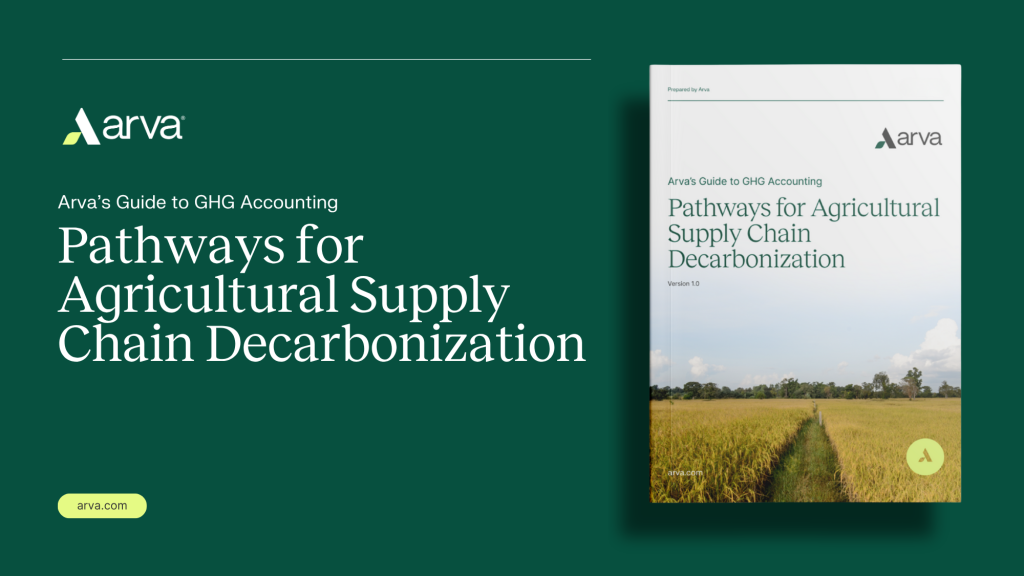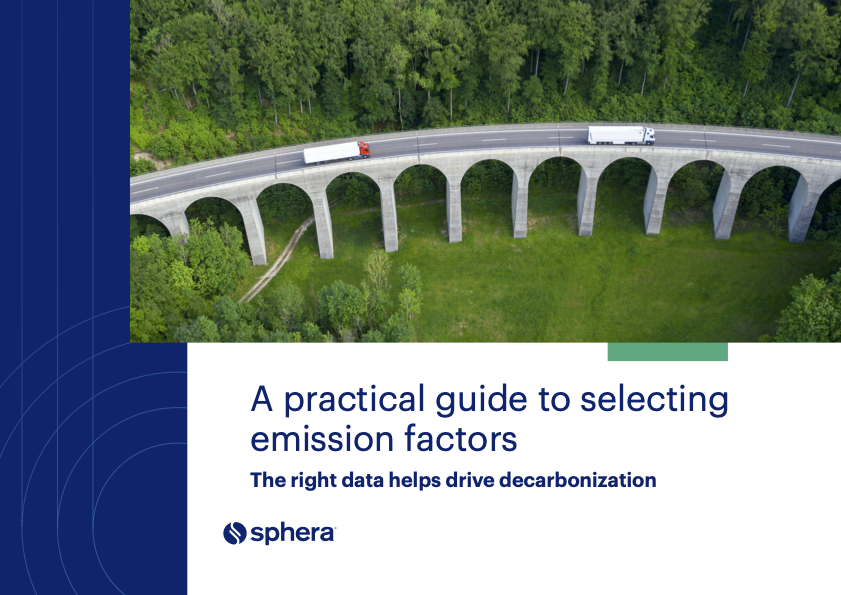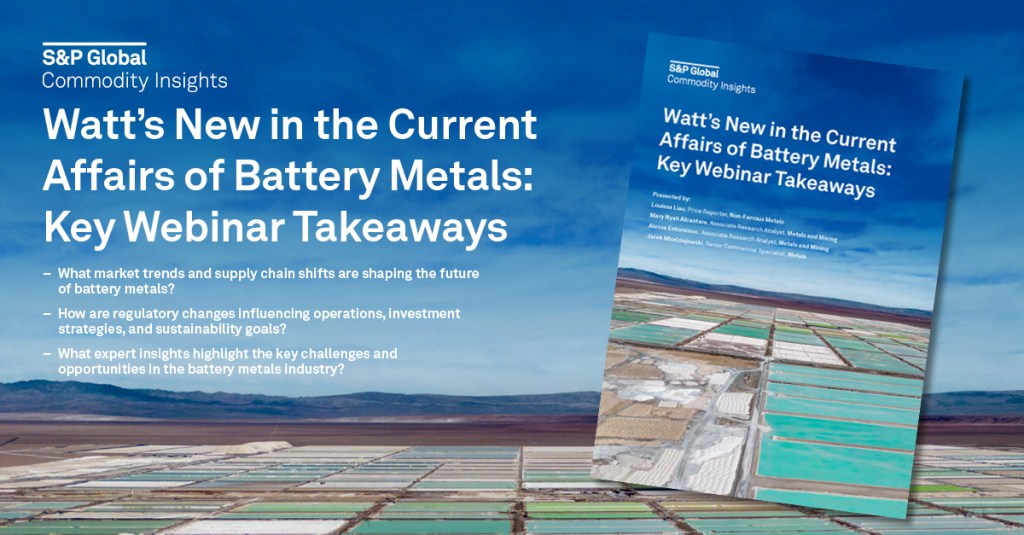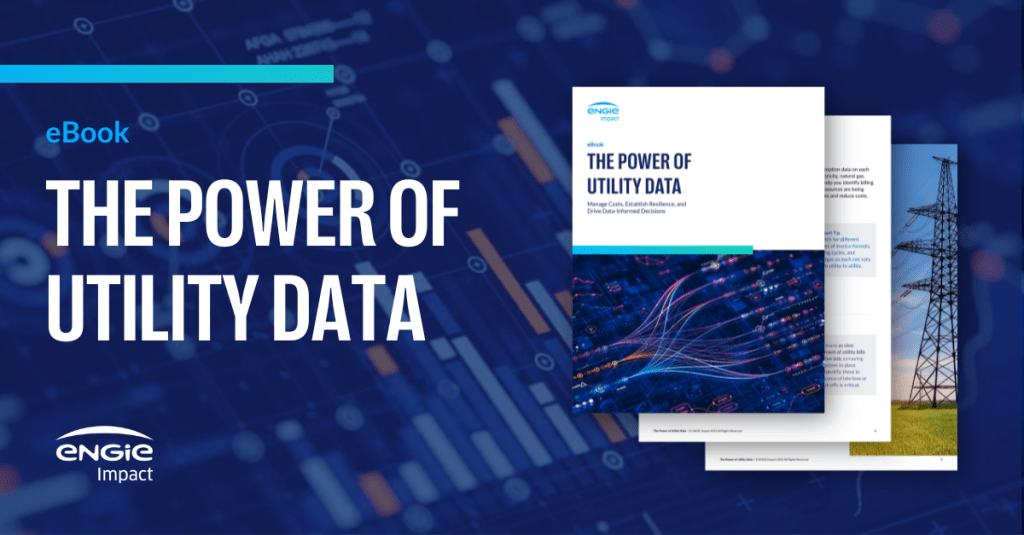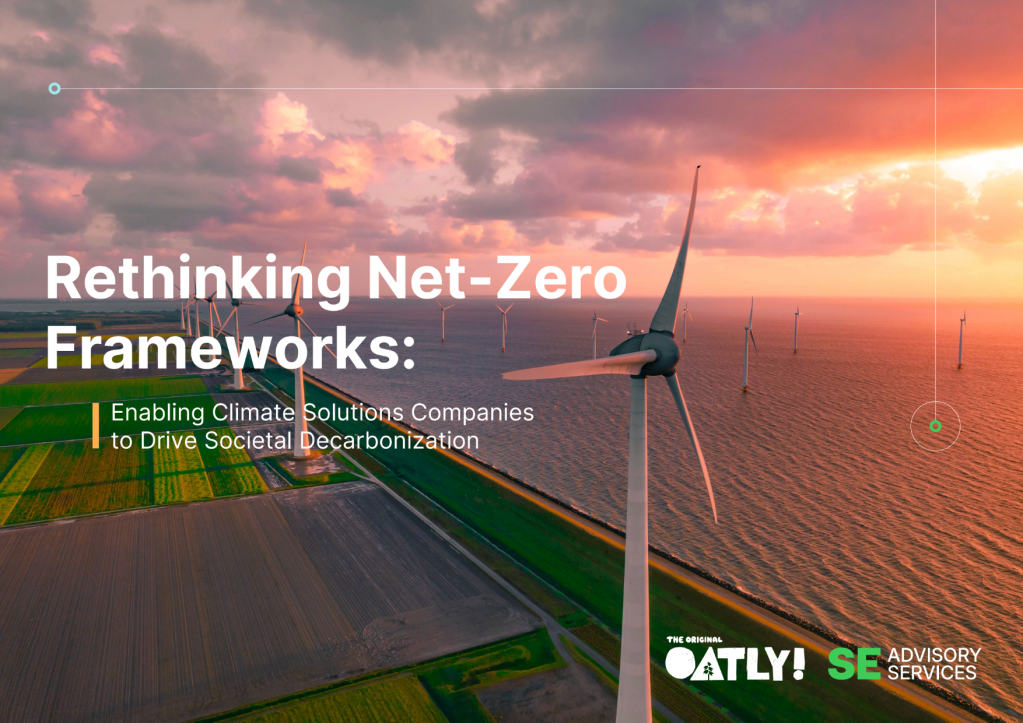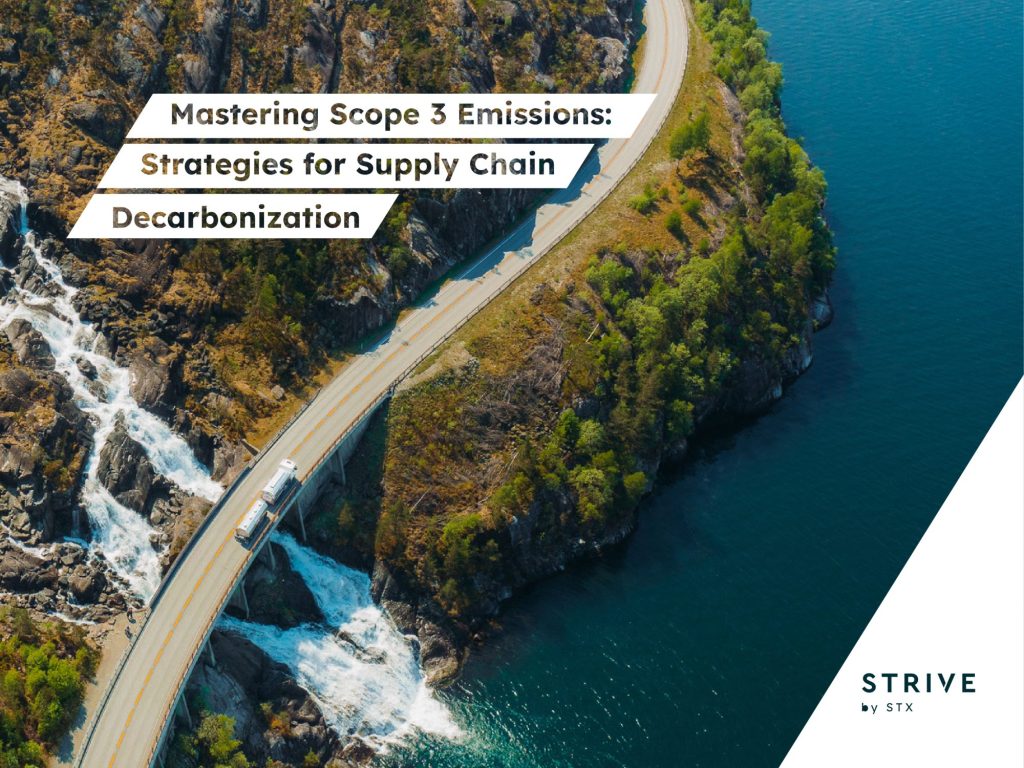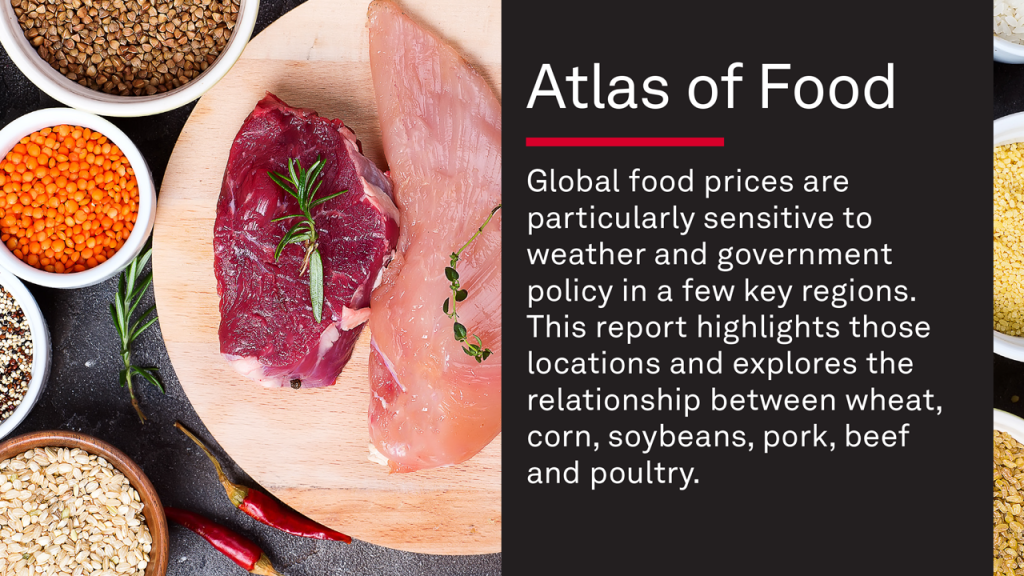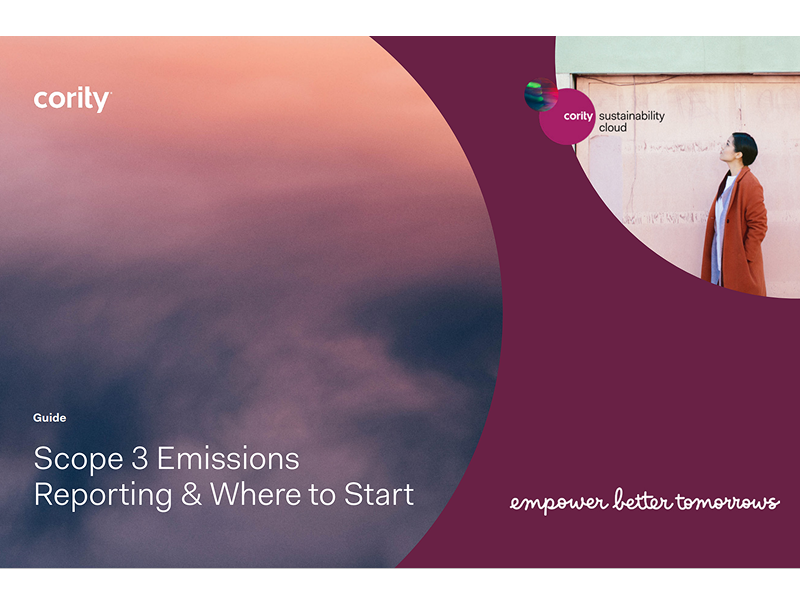Methodology: How we assess a company’s progress toward net zero
For each article in our Chasing Net Zero series, Trellis interrogates company statements and consults experts in corporate climate action. Read More

Trellis’ Chasing Net Zero series is about a simple question: How are companies faring on their net zero journeys?
A question this important should be easy to answer. Many companies provide emissions data in their sustainability reports and in disclosures made to CDP, an independent clearinghouse for environmental data. In theory, these sources can be used to assess progress toward interim targets, many of which fall between now and 2030.
In reality, it is challenging to answer the question using publicly available data. Companies disclose information in different ways, and they change their goals and accounting methodologies over time. Subsidiaries are acquired and divested. Disclosures may be incomplete, with some scopes included and others omitted (usually Scope 3).
To fill in the gaps, the Chasing Net Zero team — reporters Jim Giles, Heather Clancy and Saul Hansell — is using a selection of sources. Like everything we do at Trellis, we employ these sources to create Chasing Net Zero articles that provide actionable insights sustainability professionals can use to accelerate their work. We believe that by shining as bright a light as possible on company progress, we can tease out the factors propelling some companies to success and holding others back.
Sources we use
- Annual sustainability reports. These are generally the first thing we look at. The emissions numbers in these reports are, we assume, accurate as stated. Still, as discussed above, the data can be incomplete and the accounting opaque.
- Target validation. Having a target validated by a third party is an important — although, some would argue, inessential — component of goal-setting. The first place we check is the dashboard maintained by the most influential target-setter, the Science Based Targets initiative (SBTi).
- Reports on the integrity of company targets. Several teams worldwide regularly interrogate the integrity of company targets. The Corporate Climate Responsibility Monitor, published annually by the non-profit NewClimate Institute, is a great example. We also review a wealth of information on target integrity at the Net Zero Tracker and Climate Action 100+ websites.
- Climate-related lobbying. We use LobbyMap to check for information on what companies lobby for and how they do it. This doesn’t directly affect a company’s emissions, but when directed against important climate legislation it can undermine a firm’s claim to be committed to net zero more broadly.
Essential questions
We ask ourselves a list of questions as we make sense of each company’s goals and progress. These are:
- Has the company’s target been approved by the SBTi?
- Has the company changed the size of its targeted cuts, baseline year or goal year since setting its target? If so, why?
- Have new lines of business — hello, data centers and AI! — impacted its emissions’ trajectory?
- How much is the company investing in decarbonization?
- What level of progress have other companies in the sector made?
- Have regulatory changes impacted the company’s emissions?
- What role do carbon credits play in the company’s net-zero strategy?
- If the company is not on track, what are the chances it can get back on?
Expert advice
We’re lucky to have a stellar team of advisers to consult.
- Bruno Sarda, former president of CDP now with the consultancy EY
- Tensie Whelan, professor at New York University’s Stern School of Business
- Laura Draucker, standards and guidance director at the Center for Green Market Activation
- Steve Smith, executive director of Oxford Net Zero and professor at the University of Oxford
Each article in the Chasing Net Zero series is reviewed by at least one of the above before publication. Their feedback is then used to improve our assessment and inform our actionable takeaways.
We’d love to hear your feedback, too — whether you feel we’re succeeding at or falling short of our objectives. You can connect with our reporting team of Jim Giles, Heather Clancy and Saul Hansell on LinkedIn, or email editor@trellis.net.

Subscribe to Trellis Briefing
Featured Reports

